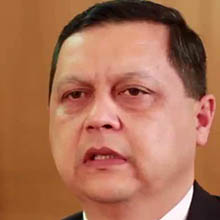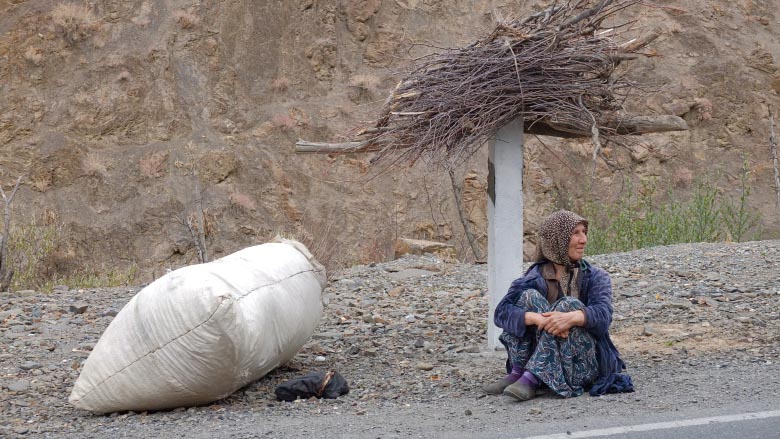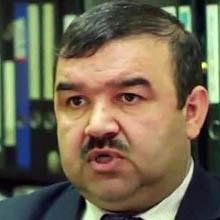Measuring poverty is a first step toward reducing it and following years of concerted efforts, the Government of Tajikistan can now independently measure poverty levels. This new approach, which was designed with support from the World Bank and the UK’s Department for International Development, bases Tajikistan’s National Poverty Measurement Methodology on the Household Budget Survey. It is the first country-owned methodology.
Years of dedication, collaboration, conferences, study tours, and expert guidance have led to this new standard of measurement, explains Umed Davlatzod, with Tajikistan’s Ministry of Economic Development and Trade.


